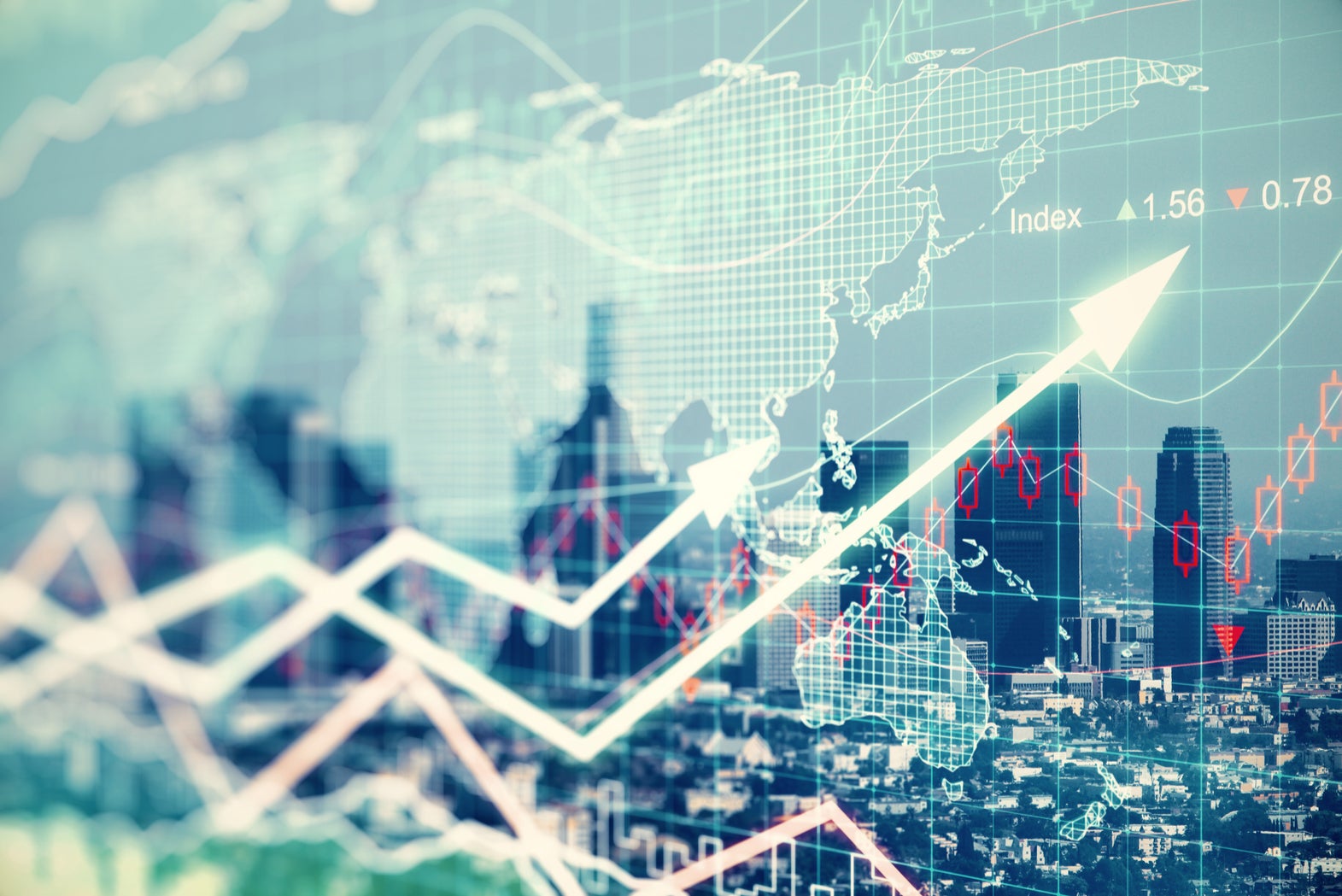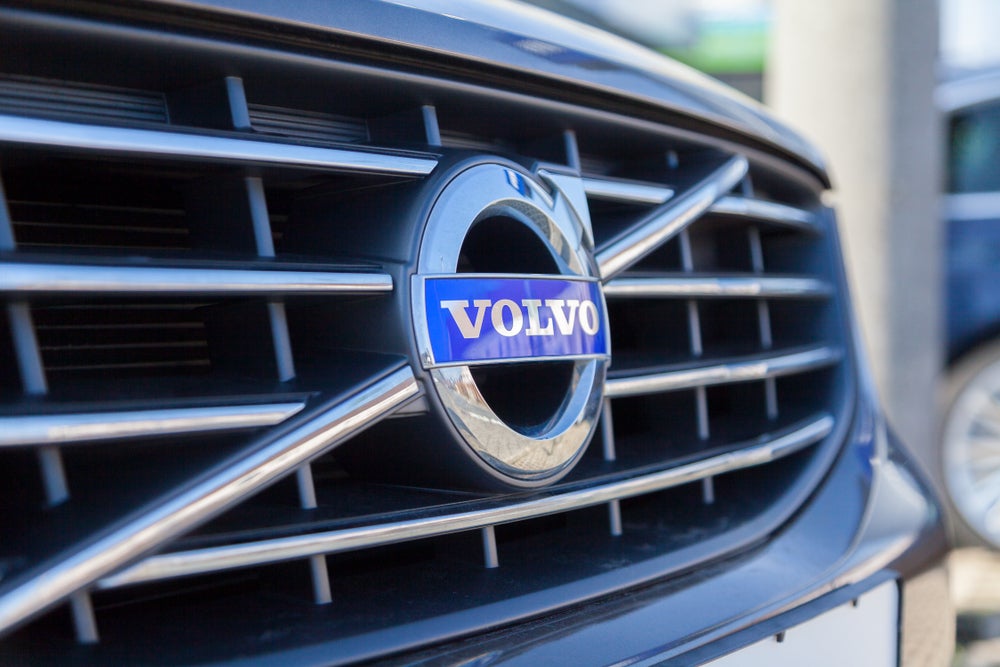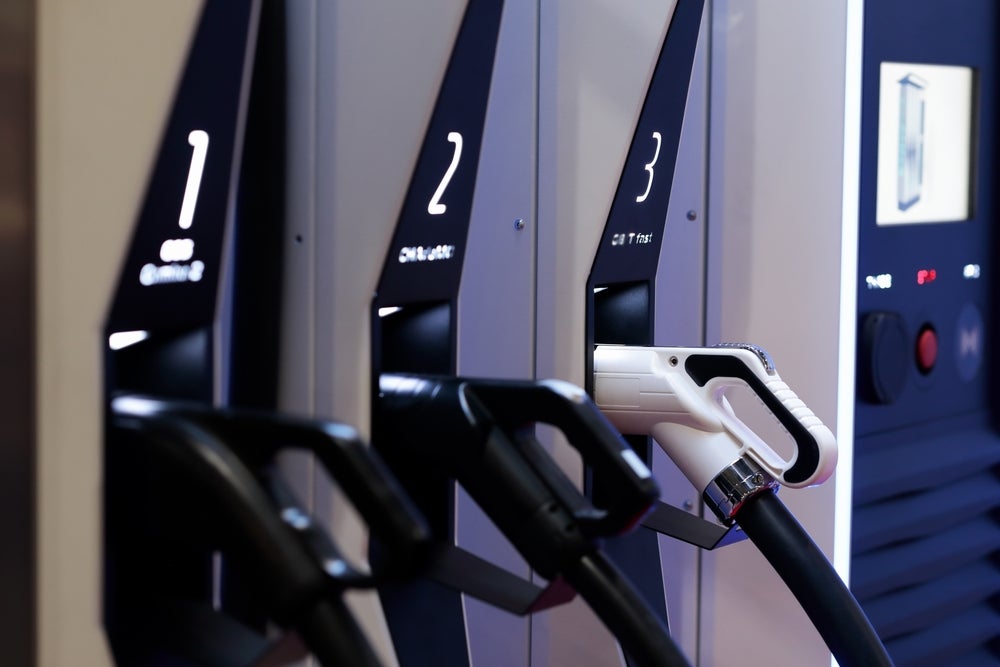
The strong growth in average used car prices on the Auto Trader platform has continued into September, with a 7.4% price year-on-year increase last week (7-13 September).
According to Auto Trader, the price performance has been driven, in part, by exceptional demand in the market – highlighted by the record number of daily visits to the online platform. Last week, the platform saw an average of 2.1m visits each day, representing a 30% year-on-year increase.
Another key factor in price growth is supply, and the ongoing constraints in the market. To understand how these dynamics affect price movements, Auto Trader monitors both demand and supply to give a ‘market health’ calculation. Last week, demand increased 19.7% year-on-year, whilst supply was down 10.4% year-on-year, leading to a 33.7% increase in market health.
Retailer pricing behaviour
The health of the market is reflected in the confident pricing strategies being employed by most retailers. Whilst the number of those making price changes and the value of their price adjustments have begun to increase since the end of the lockdown restrictions, they remain significantly lower than pre-Covid levels.
Last week, the average number of retailers making daily price adjustments was 1,158, which is 166 more than the end of August, but it is 15.9% lower than the same period last year. In total, 9,683 cars were repriced during the week, which is 35% fewer than last year. In normal trading conditions reductions average between £250-£550 per day. Last week the average price reduction was £279 which remains at the lower end, and just £15 more than the end of August.
How well do you really know your competitors?
Access the most comprehensive Company Profiles on the market, powered by GlobalData. Save hours of research. Gain competitive edge.

Thank you!
Your download email will arrive shortly
Not ready to buy yet? Download a free sample
We are confident about the unique quality of our Company Profiles. However, we want you to make the most beneficial decision for your business, so we offer a free sample that you can download by submitting the below form
By GlobalDataRichard Walker, Auto Trader’s director of data and insight, said: “From a pricing perspective what we’re observing on our marketplace is a very gradual return to pre lockdown levels, with a small increase in retailers active but across fewer numbers of cars and the adjustments at the lower end of what we would typically see. It’s indicative of the confidence in the health of the market and while demand continues to grow at such robust levels, we’re not seeing any indicators that suggest retailers are under pressure to reduce their prices.
“Contrary to many expectations of a drop in consumer confidence, our research suggests the opposite is it true. In December last year we began tracking consumers’ confidence in being able to afford their next car, and in August this reached its highest rate. What’s more, 45% of consumers on our site said they’re more confident in their ability to afford their next car than they were a year ago. All of these metrics offer a promising outlook, and whilst the rate of growth may begin to ease, we have every reason to believe that both used car prices and sales will remain buoyant during the weeks ahead.”
Fuel types
The Auto Trader data reveals that the average prices for used internal combustion engine (ICE) cars are continuing their strong growth trajectory due to demand outstripping supply in the market. Last week, demand for petrol was up 22.3% year-on-year, whilst supply was down 5.1% year-on-year. Similarly, diesel demand recorded an increase of 13.6% year-on-year, but supply dropped dramatically, down 20.8% year-on-year.
As a result, both petrol and diesel vehicles recorded a like-for-like price increase of 8%. It marked consecutive price growth of 28 weeks and 17 weeks respectively, but also the first-time price growth for both fuel types have been level.
The latest figures follow the biggest ever growth in used car prices on the Auto Trader platform in August, which is based on pricing analysis of circa 900,000 vehicles every month.







